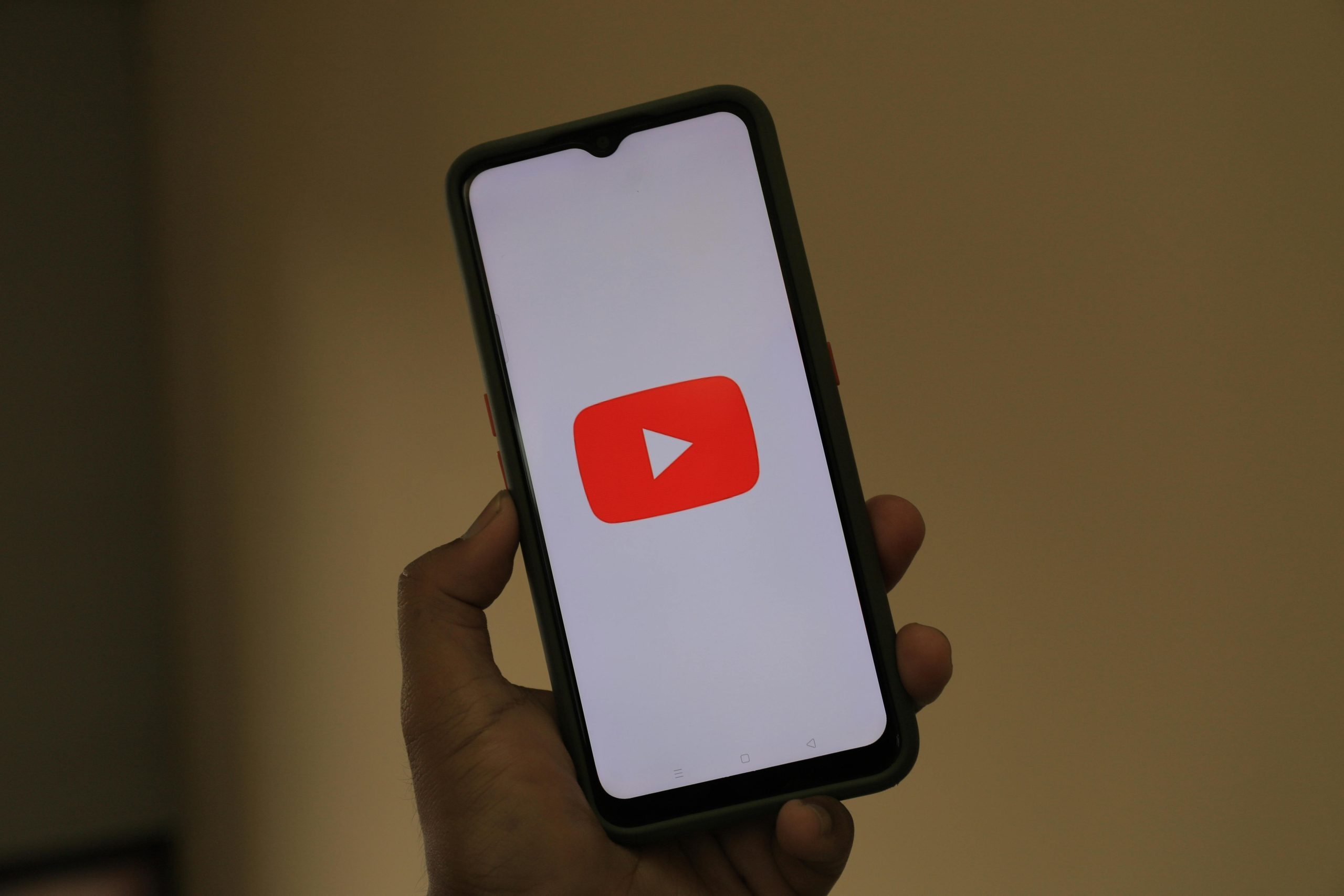The Impact of Social Media on Consumer Trends and Preferences
Social media has revolutionized the way we communicate, connect with others, and consume information. With the rise of platforms such as Facebook, Instagram, and Twitter, our daily lives have become intertwined with social media, shaping the way we interact and make purchasing decisions. In fact, social media has had a significant impact on consumer trends and preferences, influencing the way we shop, discover new products or services, and engage with brands. In this article, we will explore the various ways in which social media has transformed consumer behavior and its impact on businesses.
The Power of Influencers
Influencer marketing has become a dominant force in the advertising industry, and social media is at the forefront of this trend. With the rise of social media influencers, brands have found a new way to reach and connect with their target audience. These influencers, who have a significant following on various social media platforms, have the power to sway people’s purchasing decisions through sponsored posts and product endorsements.
Research has shown that 49% of consumers rely on recommendations from influencers when making purchasing decisions. This is due to the fact that consumers today value authenticity and trust more than traditional forms of advertising. Influencers are seen as relatable figures who have genuine experiences with products, making their endorsements more credible and effective in influencing consumer behavior.
The Rise of User-Generated Content
One of the most significant impacts of social media on consumer trends is the emergence of user-generated content (UGC). User-generated content refers to any type of content created by consumers rather than the brand itself. This can include posts, reviews, videos, and more.
Through social media, consumers have been given a platform to share their experiences with brands and products. This has not only resulted in increased engagement and brand loyalty but also plays a crucial role in shaping consumer opinion and trends. In fact, 60% of millennials say that UGC influences their purchase decisions, making it a powerful tool for businesses to leverage.
The Demand for Authenticity
In today’s society, consumers are bombarded with an endless stream of advertisements and marketing messages. As a result, they have become more skeptical and selective when it comes to choosing which brands to support. This has given rise to the demand for authenticity, with consumers wanting to see real people using and endorsing products rather than just polished and perfect advertisements.
Thanks to social media, brands can now showcase authentic content from real customers, creating a sense of trust and transparency. This not only helps in building a stronger brand image but also resonates with consumers who are seeking authenticity from the brands they choose to support.
The Evolution of Customer Service
Social media has also transformed the way businesses handle customer service. With the widespread use of social media, consumers now have various channels to reach out to brands and voice their opinions and concerns. This has forced brands to be more responsive, transparent, and accountable in their communication with customers.
Moreover, social media has also become a platform for consumers to share their positive and negative experiences with a brand, making it crucial for businesses to maintain a good reputation online. This has resulted in companies prioritizing customer service and implementing strategies to ensure customer satisfaction, ultimately shaping consumer preferences.
The Impact on E-Commerce
The rise of social media has also revolutionized the way we shop. With the integration of shopping features on platforms such as Instagram and Pinterest, consumers can now make purchases directly from social media, making the buying process seamless and convenient.
Moreover, social media has played a significant role in driving e-commerce sales through targeted advertising and personalized promotions. With the help of data and analytics, brands can target specific audiences based on their interests, behaviors, and preferences, resulting in higher conversion rates and increased sales.
In Conclusion
In today’s digital age, social media has become an integral part of our daily lives and has had a significant impact on consumer behavior and trends. From influencer marketing to user-generated content and the demand for authenticity, social media has transformed the way we shop, interact with brands, and make purchasing decisions. Businesses that recognize and utilize the power of social media will have a competitive edge in shaping consumer preferences and staying relevant in an ever-evolving market.










